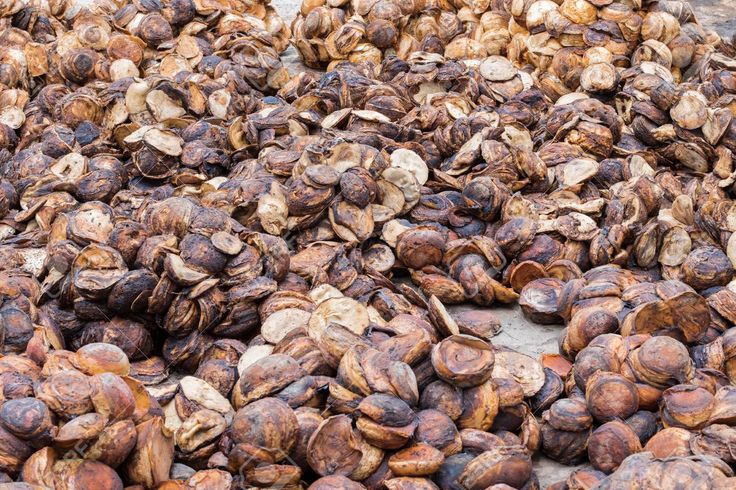Rubber Cup Lump

Rubber Cup Lump
To collect fresh latex, tap into a rubber tree’s long cut and let the droplets land in a plastic cup to form a rubber cup lump. After that, the substance is mixed with formic acid to make the latex coagulate. The process continues for a few days until the required amount is received [1]. Physically, CLNR is composed of rubber, water, and non-rubber material. The moisture content of CLNR often varies locally due to surface evaporation, which creates a moisture gradient that encourages diffusion toward the drier surface.
Our purchasing agents are distributed over West Africa, where they pick up the cups in quantity and then send them to various locations and businesses across the globe. The cup lump is shipped either dry or, if it is wet, in plastic bags and containers that have been specially lined with plastic sheets to stop water seepage.
